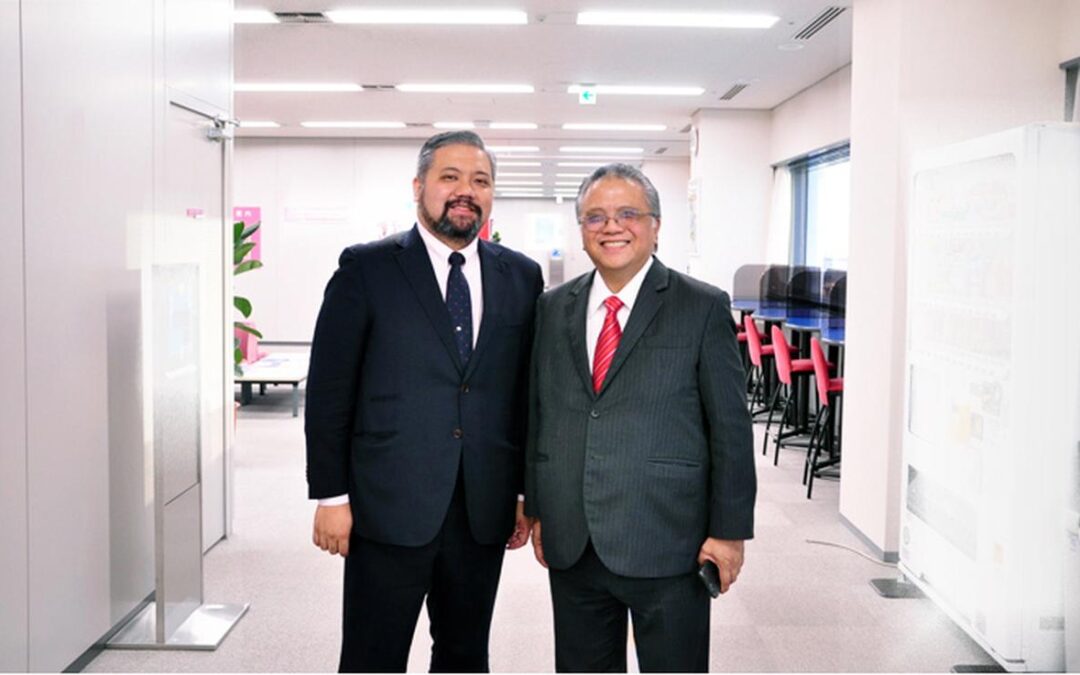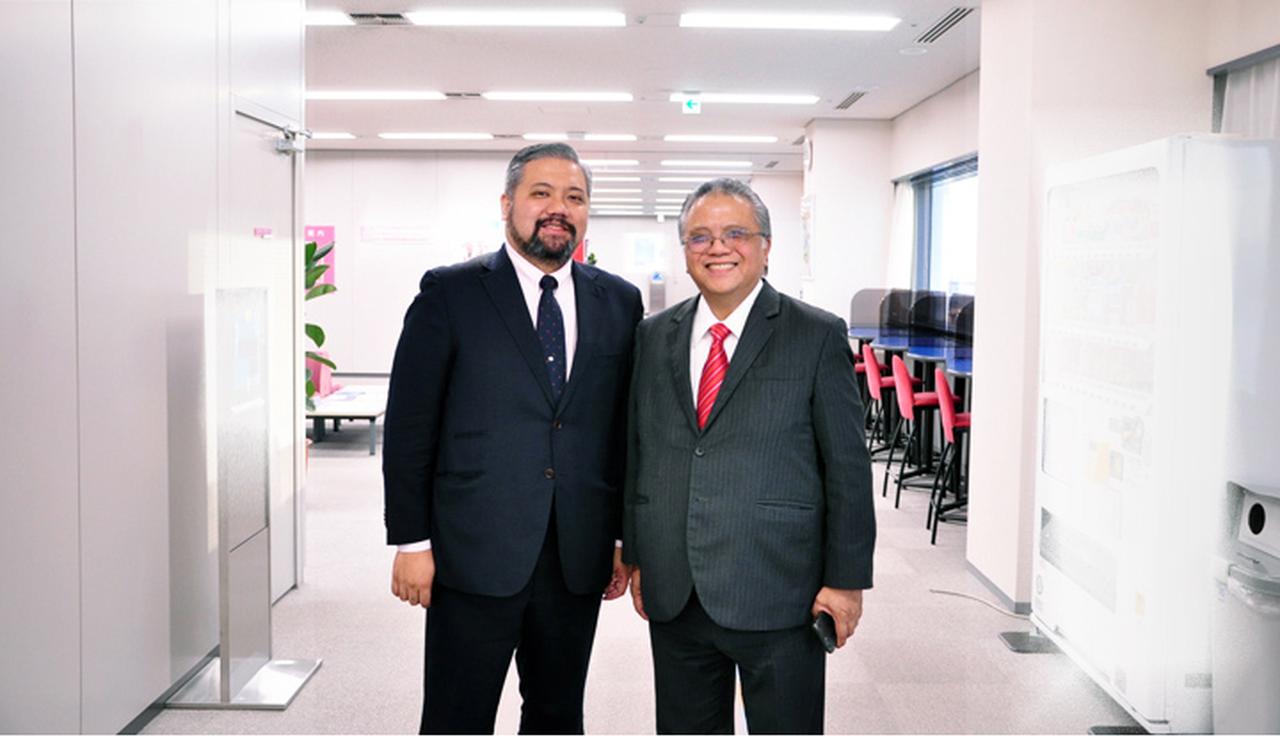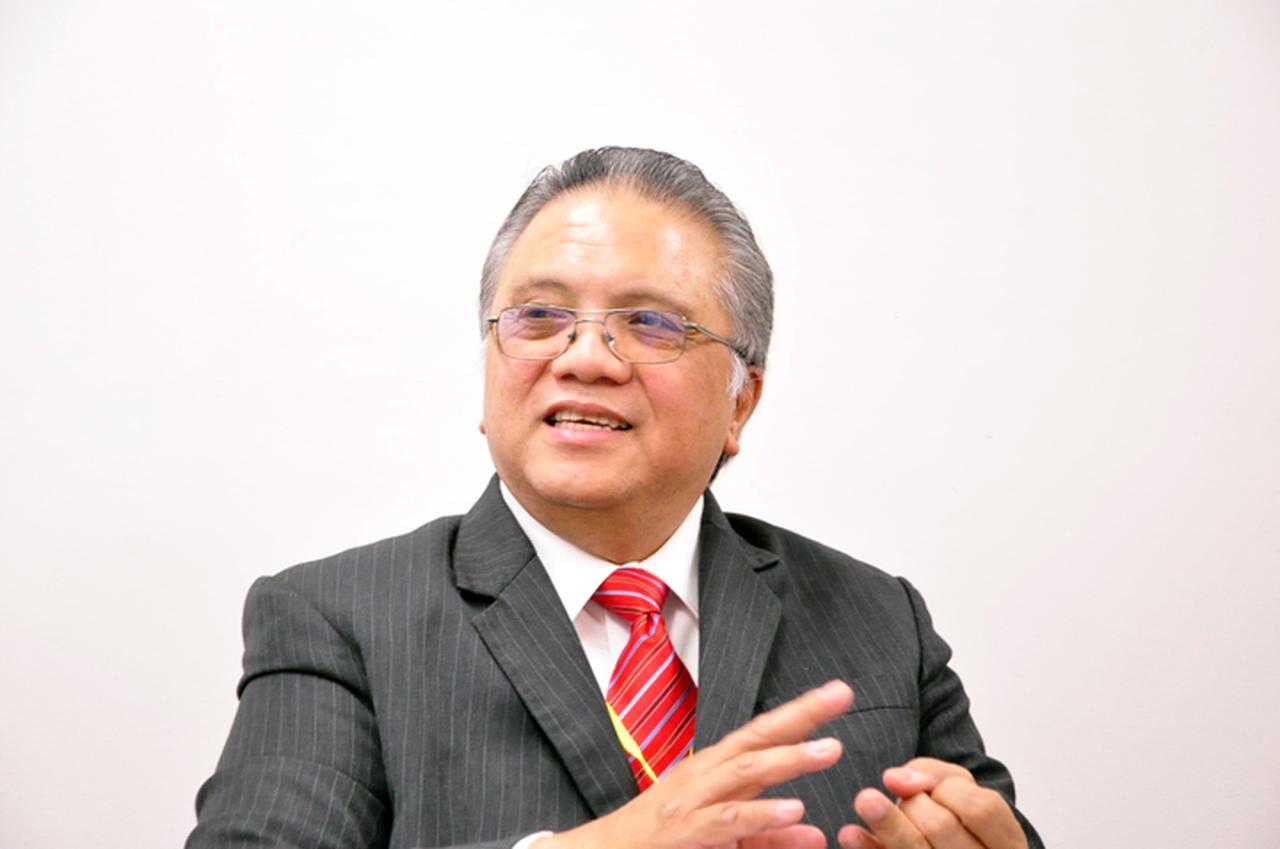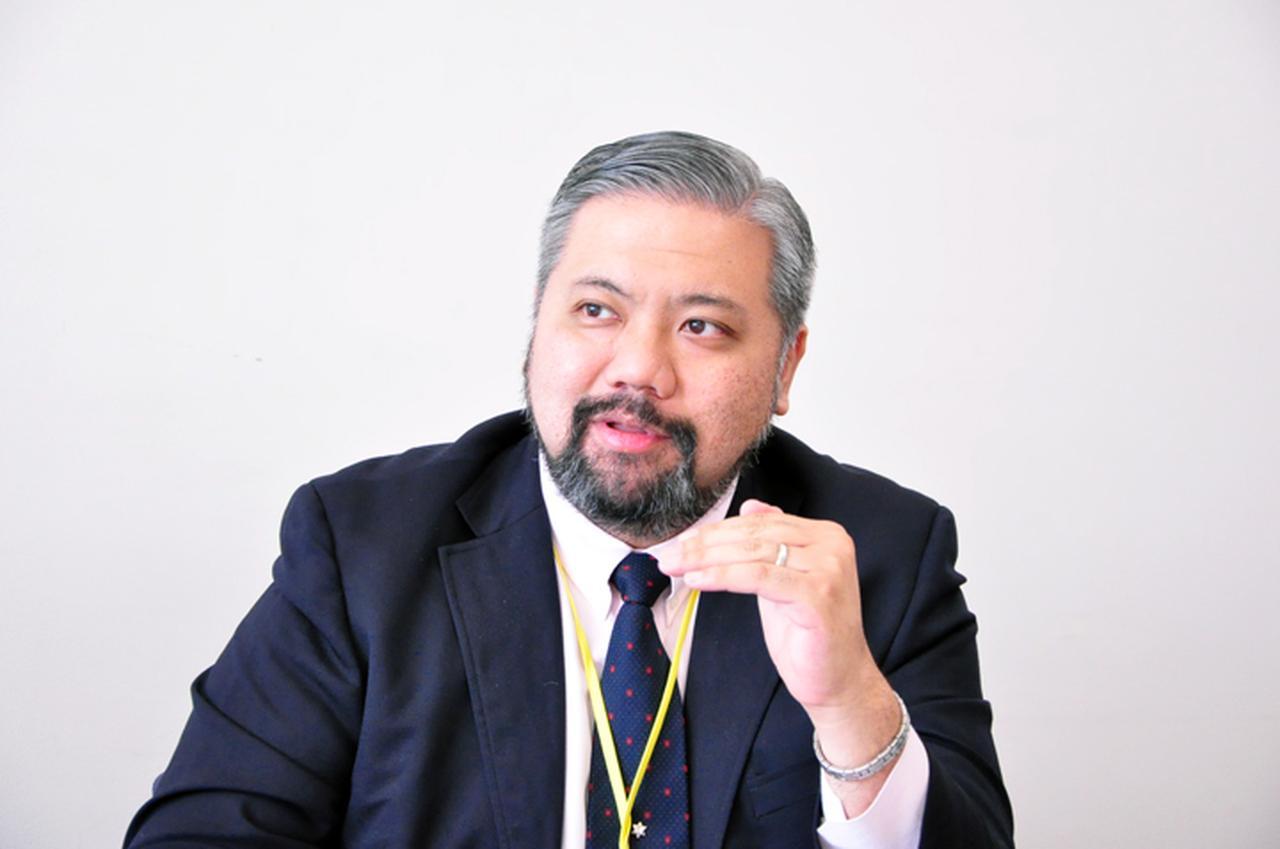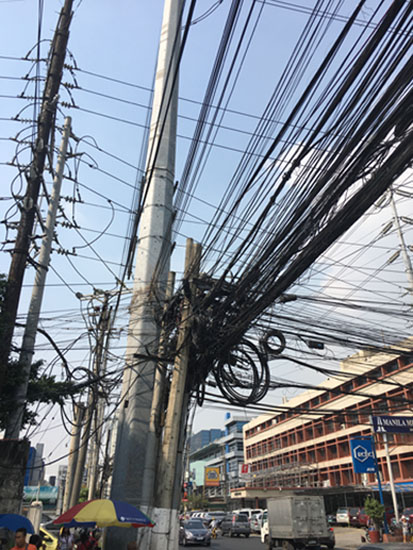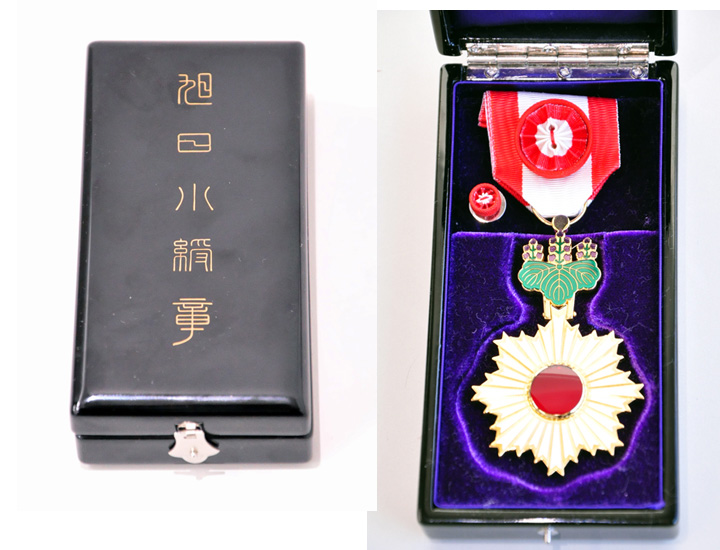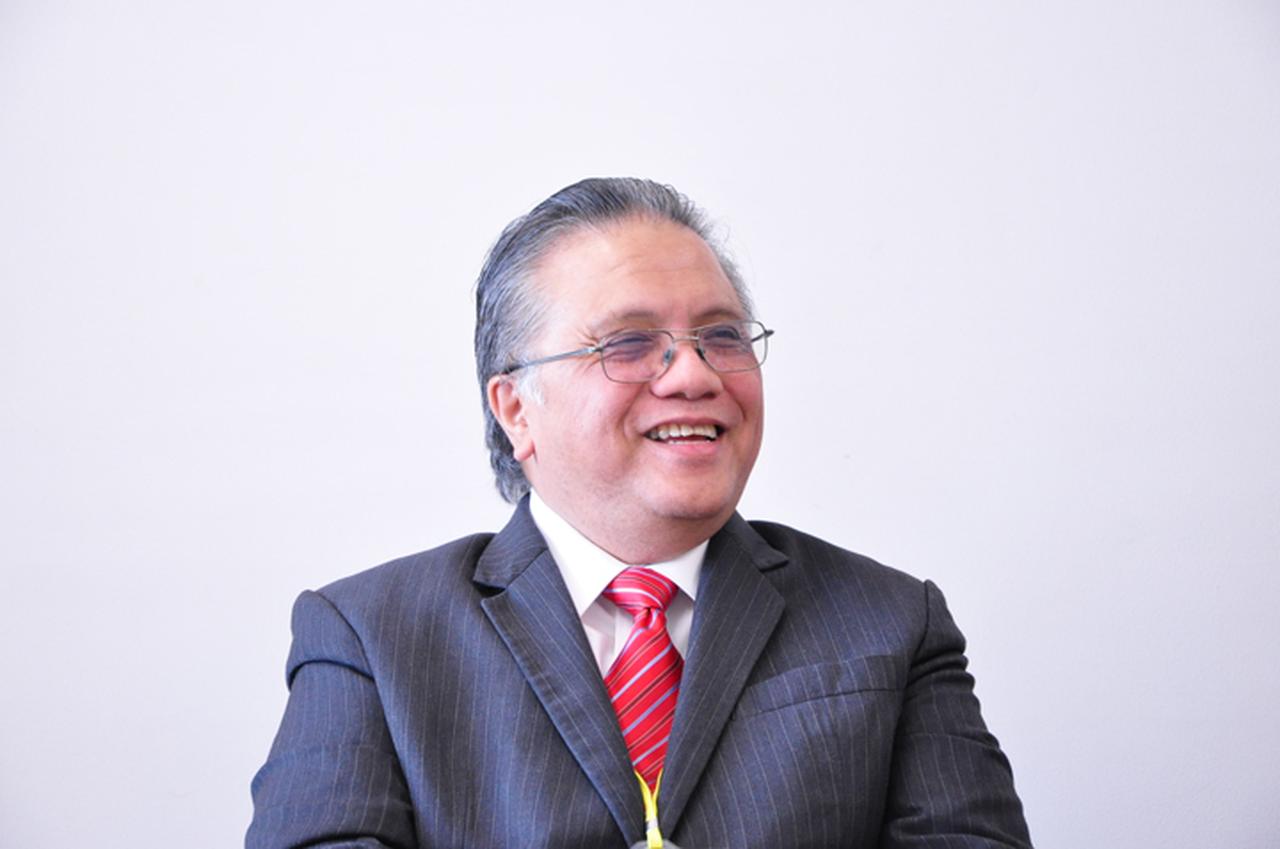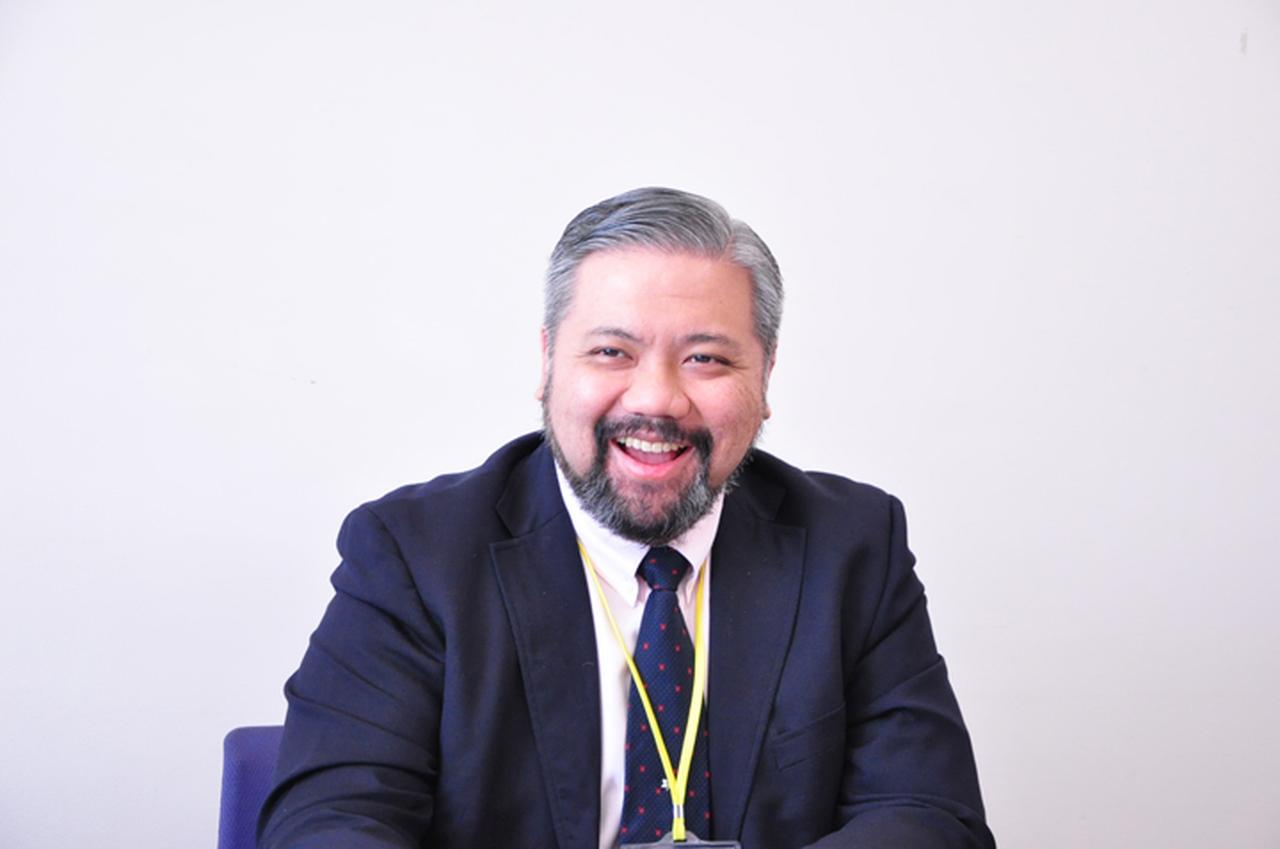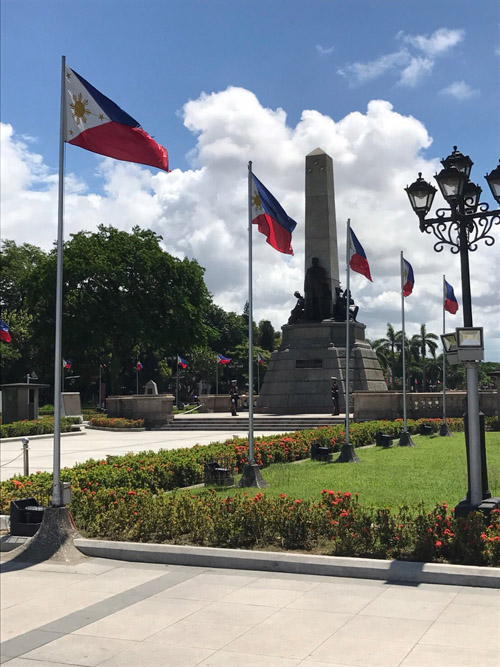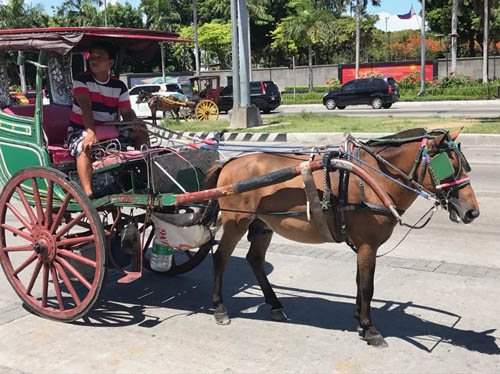NexTalk: May I ask what made you decide to offer your own unique services?
Raymond: From 2003 to 2008, the number of Japanese companies coming into the Philippines was not as large as expected or hoped for. In order to survive, we decided to offer unique services.
Currently, we have over 200 active corporate clients, half of whom are Net911 clients. Our major clients are engaged in manufacturing, logistics, BPO, call centers, design centers. Around 60% of our clients are Japanese-owned companies, while 20% would be (non-Japanese) multinational companies, and about the same percentage (20%) Filipino-owned companies. We are thankful that since our establishment, we have been able to maintain leading companies in the logistics, financial securities, and manufacturing industries as our clients.
NexTalk: What is the IT situation in the Philippines?
Philip: As IT network infrastructure in the Philippines (such as LAN stabilized) in the past several years, I believe more and more Japanese companies will begin to invest in software development. But internet speeds are still slow because DSL, and not fiber, is still the standard system in use, with speeds of only 4~8 MGbps.
There are just two internet providers in the country – Globe Internet, which is affiliated with Singtel of Singapore, and PLDT, where Japan’s NTT is a major investor. Actually, about ten years ago, the Philippine government had plans to build the fiber backbone for the country but the country could not afford its high cost. Recently, a China-affiliated third provider submitted proposals to serve the market.
The Philippines has the second largest population in Southeast Asia, with about 110 million people and GDP per capita is expected to surpass 3,000 US dollars soon.
With our large population, domestic consumption will surely grow, and I am confident that in the next 10 to 20 years, production activities will considerably increase and boost such industries as banking, home electric appliances, mobile phones (smart phone), food services, even automobile manufacturing. Overseas investors appear interested in pursuing partnerships in these industries, expecting good future returns on their investments.
Although the Philippines is a poor country, most Filipinos own mobile (smart) phones. We are a young country with an average age of around 24 years old, and a population growing at a rate of 2-3% yearly. While Japan’s population is decreasing, ours is increasing.
Just recently, in September 2017, the governments of Japan and the Philippines agreed to approve major infrastructure projects in the Philippines, such as highways, metro railway, flood-control and irrigation. Our company sees numerous potential opportunities arising from these developments and we have high hopes (of expanding our business). We therefore need to upgrade the technical skills of our staff. We would like to open opportunities for learning, not only cloud technologies but also IoT and so on. Investing in people resources is essential for the future of our company.
About the Japan-Philippines infrastructure projects I mentioned earlier, you are perhaps aware that “Build, Build, Build” is the catch phrase Philippine President Duterte often uses. I am sure you all have heard about him. To these infrastructure projects, Japan’s small and medium-sized enterprises can make great contributions. Thus, it has been said that the partnership between Japan and the Philippines is now in its Golden Age. Strong partnership between our two countries is necessary for the Philippines’ socioeconomic development.




